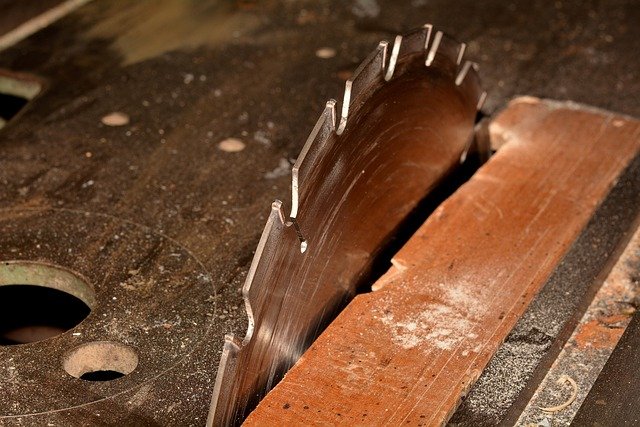Cabinet Installation Jobs: Role, Skills, and Career Path
Cabinet installation jobs cover the practical steps of fitting storage solutions into kitchens, bathrooms, offices, and custom interiors. This article describes typical responsibilities, the blend of woodworking and carpentry skills involved, how furniture knowledge and craftsmanship matter on the job, common tools used, training routes, and what to expect from the work without implying current openings or listings.

What does a cabinet installer do
Cabinet installers measure, prepare, and fit cabinets to meet design and structural requirements. Work includes site assessment, scribing or trimming panels for a precise fit, anchoring cabinets to walls or frames, and aligning doors and hardware for proper function. Installers often coordinate with other trades (plumbing, electrical, countertops) to sequence tasks correctly. Time on site varies from a few hours for a simple install to several days for complex built-ins. The position emphasizes accuracy, spatial reasoning, and adherence to building codes and client specifications.
How woodworking skills apply to installation
Woodworking fundamentals are central to cabinet installation. Installers use cutting, shaping, and joining techniques to adapt prebuilt units or fabricate components on site. Knowledge of materials—solid wood, veneers, MDF, plywood—helps in choosing fastening methods and finishes that avoid damage. Precision tools such as routers, circular saws, and hand planes are used alongside measuring devices to maintain tight tolerances. Good woodworking skills reduce rework, improve appearance, and extend the life of installed cabinets.
How furniture knowledge influences outcomes
Understanding furniture construction improves how installers handle cabinetry as functional objects, not just fixed walls. Familiarity with door swing, drawer slide ratings, soft-close mechanisms, and hinge types allows installers to recommend adjustments that enhance usability. Attention to aesthetic alignment—grain matching, reveal spacing, and consistent hardware placement—affects the perceived quality of the installation. This furniture-oriented perspective helps ensure cabinets integrate seamlessly with existing interiors and meet client expectations for both function and form.
What carpentry standards and safety apply
Carpentry principles guide cabinet installation where structural support and load distribution are critical. Installers must evaluate wall construction, locate studs, and use appropriate anchors for heavy loads. Compliance with local building codes and inspection requirements can be necessary for certain installations. Safety practices—proper lifting technique, dust control, secure ladder use, and tool guards—minimize injury risk. Professional installers document measurements, changes, and any structural modifications to maintain transparency with contractors and homeowners.
How craftsmanship and finishing matter
Craftsmanship distinguishes routine installations from high-quality fits. Attention to edge treatment, paint or stain transitions, seam concealment, and hardware alignment reflect skillful finishing. Installers often perform touch-ups, fill minor gaps, and ensure consistent staining or paint coverage at joins. Good craftsmanship reduces callbacks and improves long-term durability. Continuous improvement—learning new finishing materials, techniques for seamless transitions, or advances in hardware—helps installers maintain a high standard of workmanship throughout their careers.
Tools, training, and professional development
Typical tools include drills, levels, squares, saws, clamps, and specialized jigs for repeatable accuracy. Training paths vary: apprenticeships with cabinetmakers or carpentry unions, vocational programs, on-the-job instruction, or manufacturer training for specific systems. Certifications in occupational safety or finish installation can be helpful. Many installers gain cross-disciplinary experience in furniture making, countertop fitting, or millwork fabrication, which broadens their expertise. Those interested in supervisory roles often develop project management and client-communication skills in addition to technical abilities.
Cabinet installation jobs blend practical skill, problem solving, and attention to detail. Whether working for remodeling firms, custom cabinetshops, contractors, or as independent subcontractors, the role requires a mix of woodworking technique, furniture sensibility, carpentry standards, and craftsmanship. The job can involve varied environments and schedules and rewards precision and continuous learning over time.
Sources






